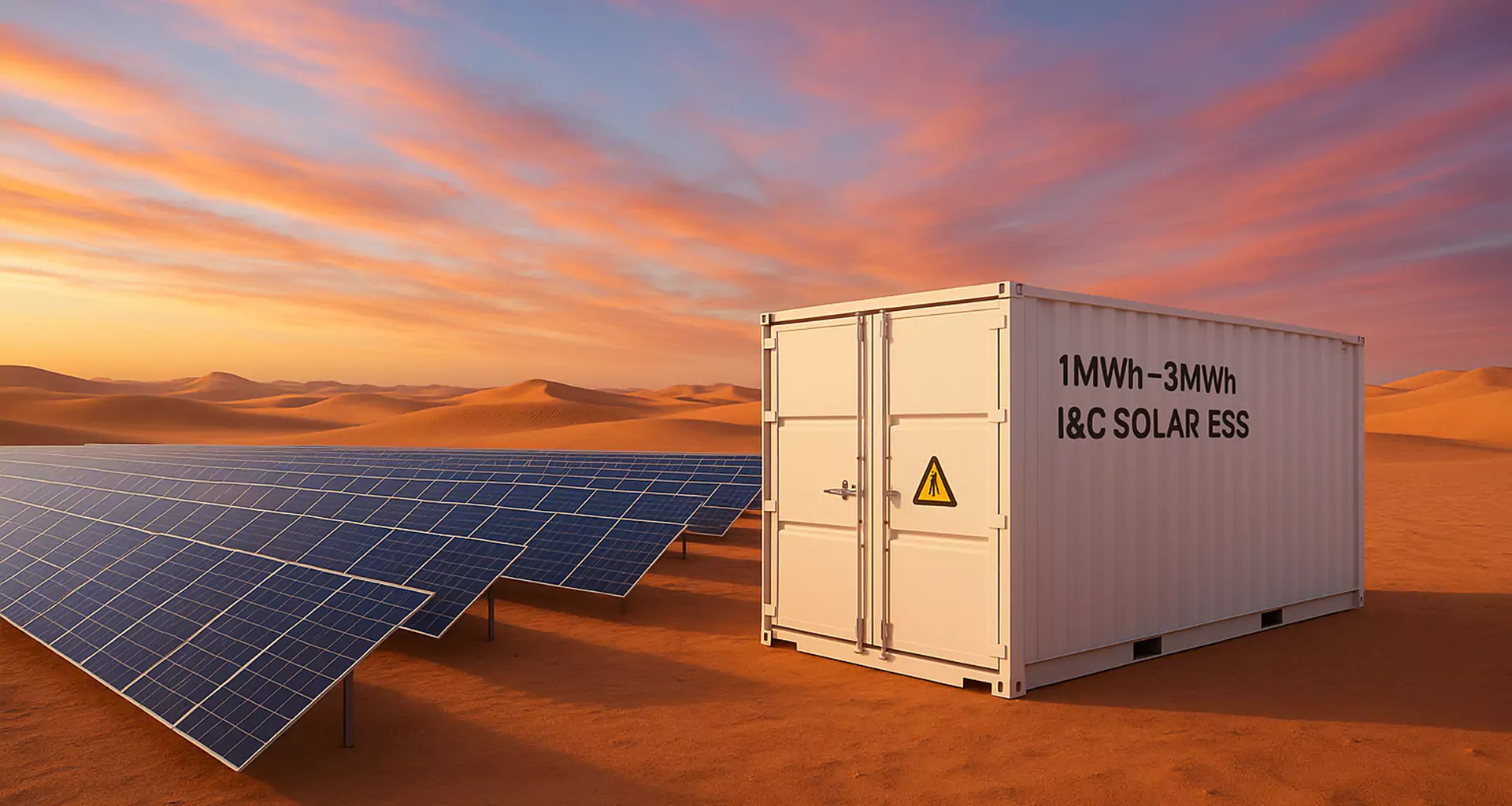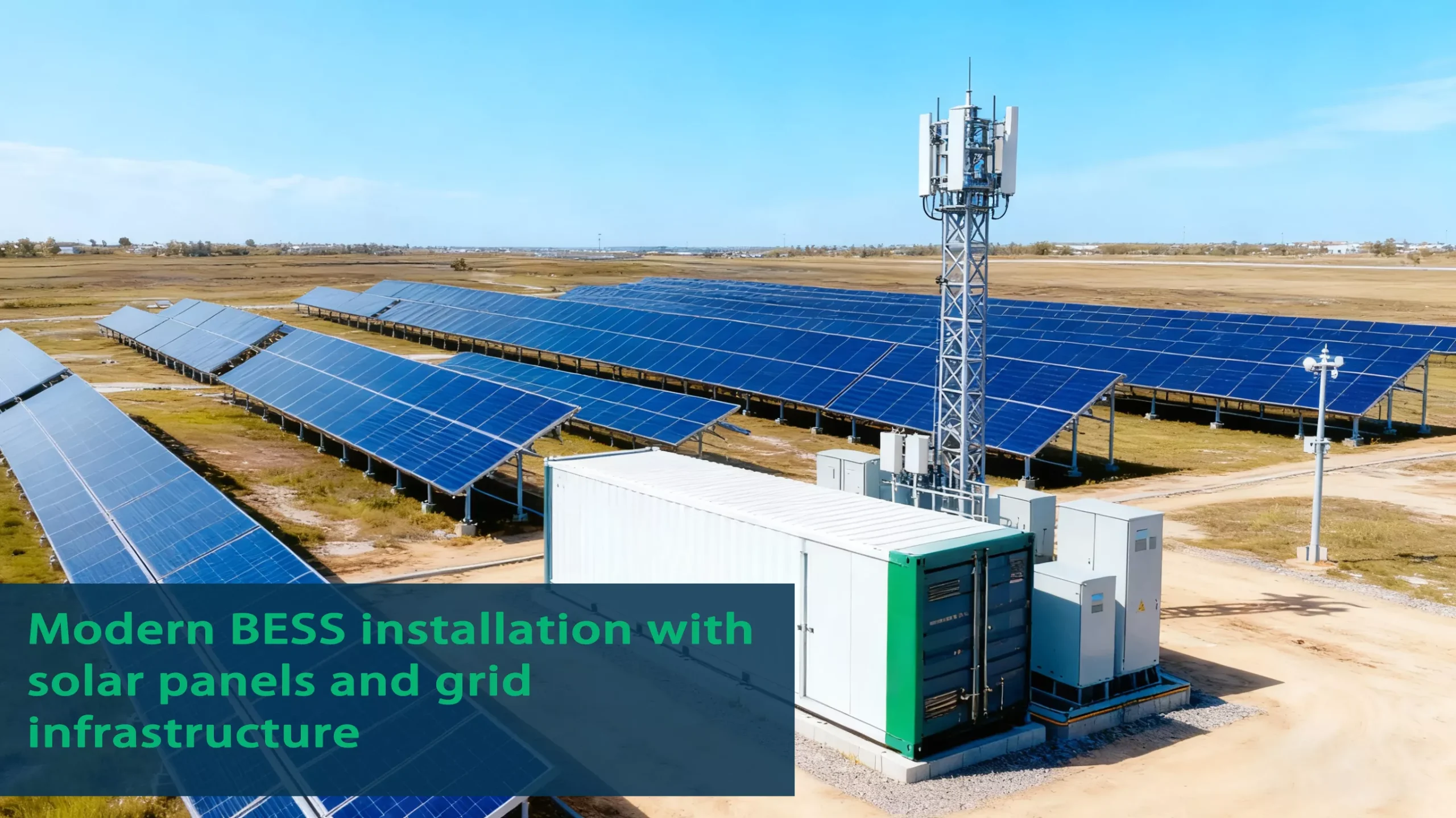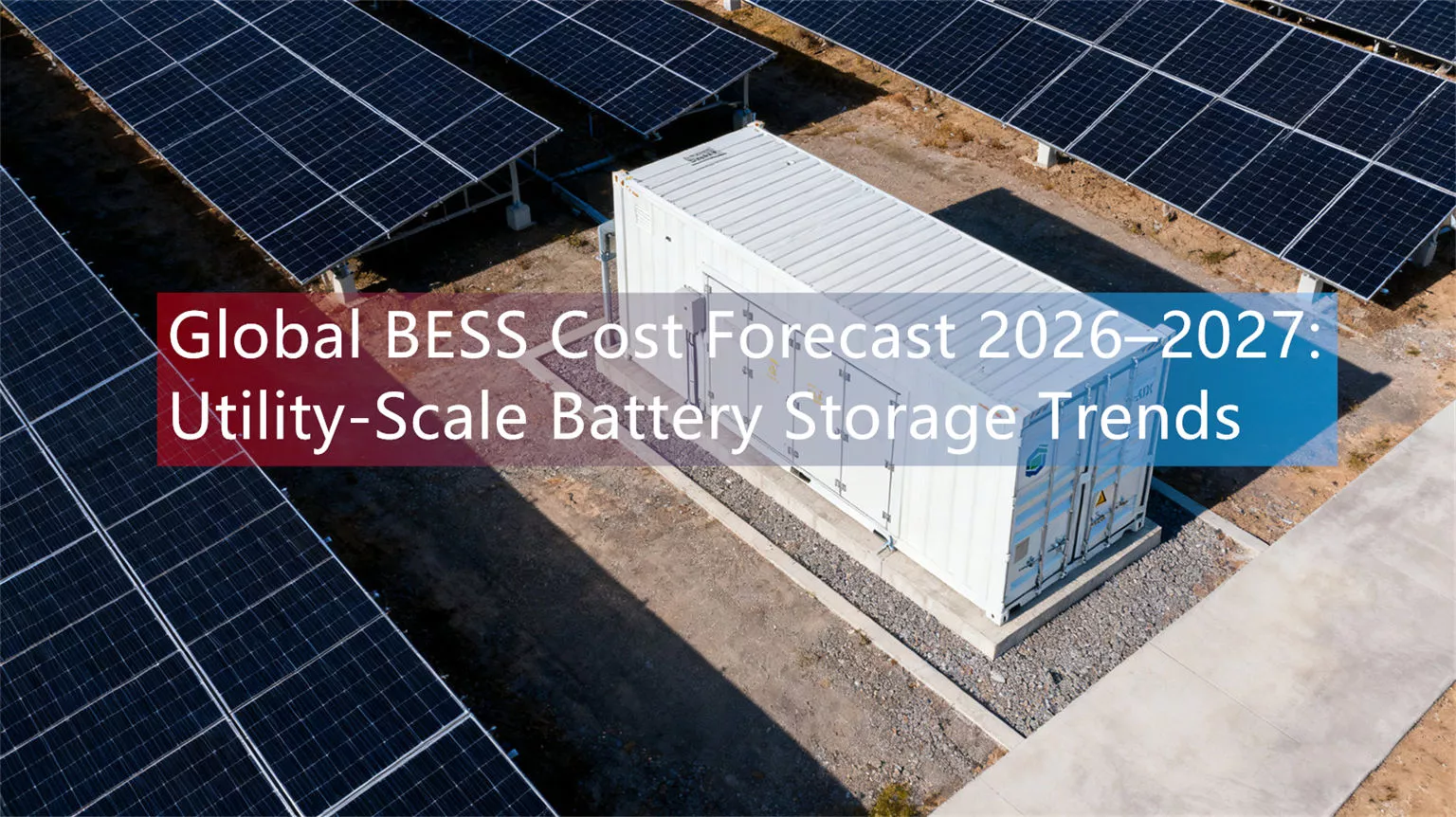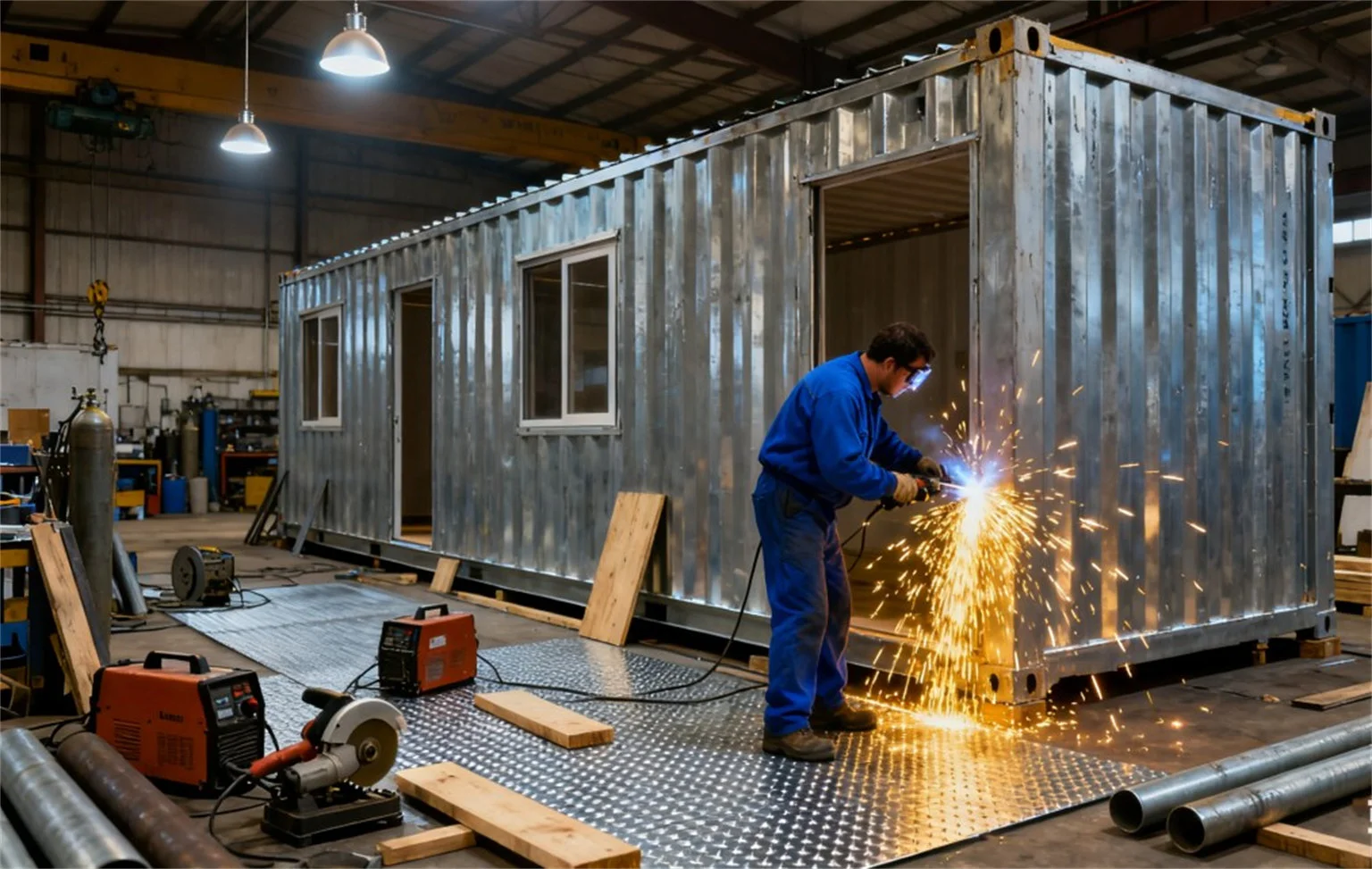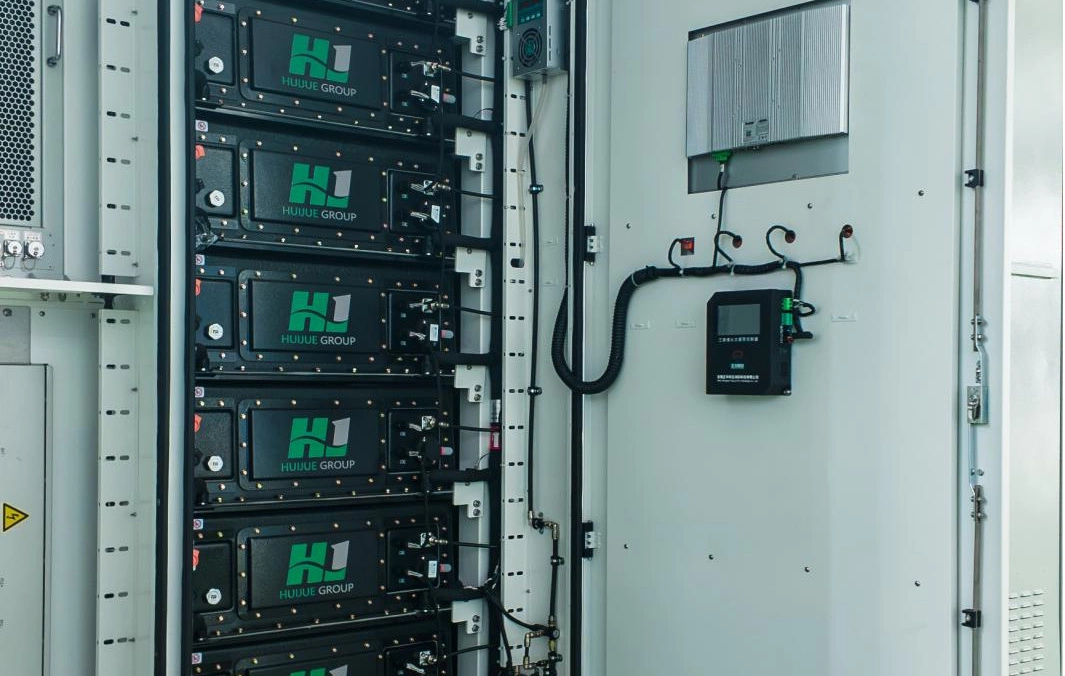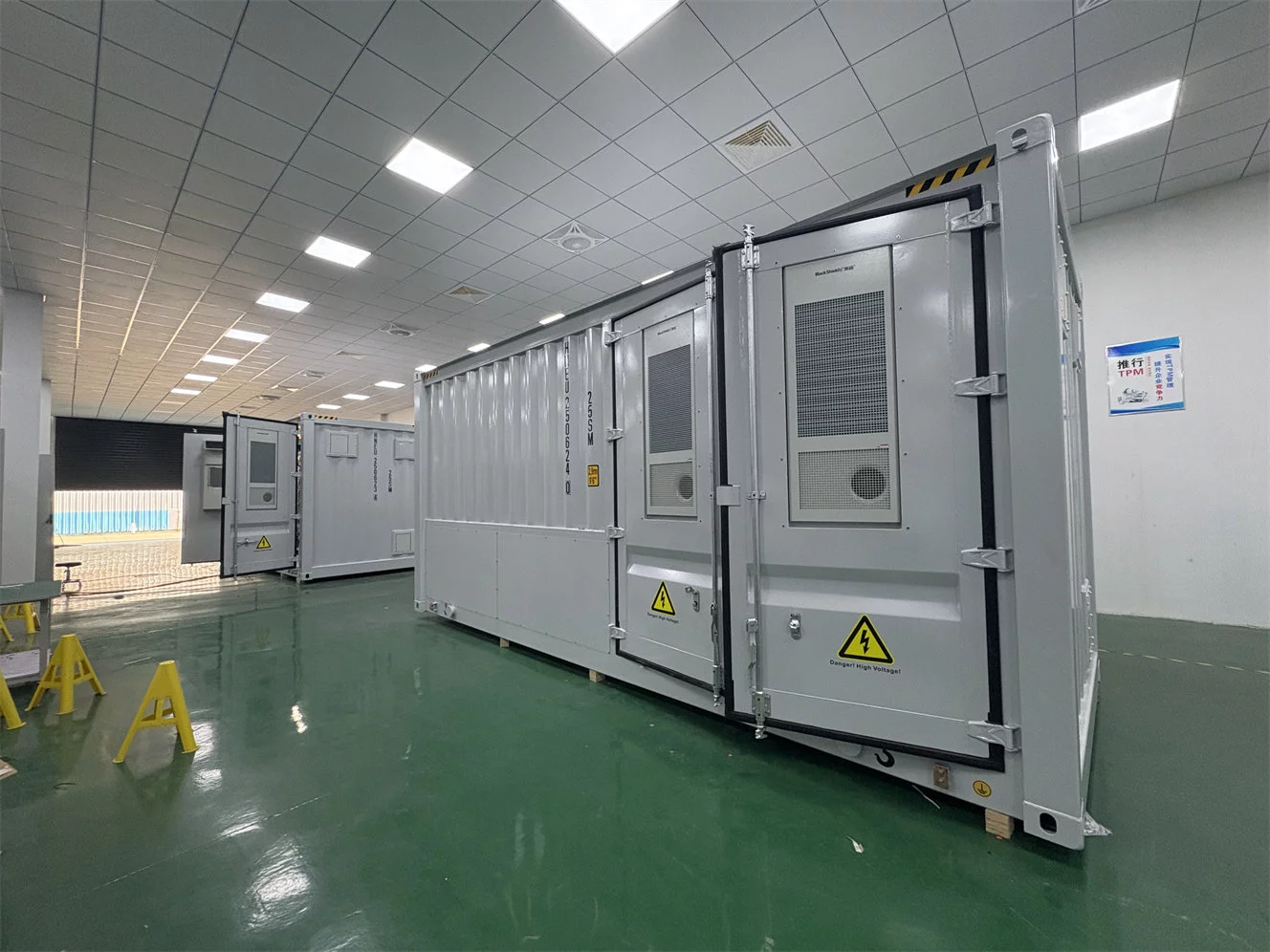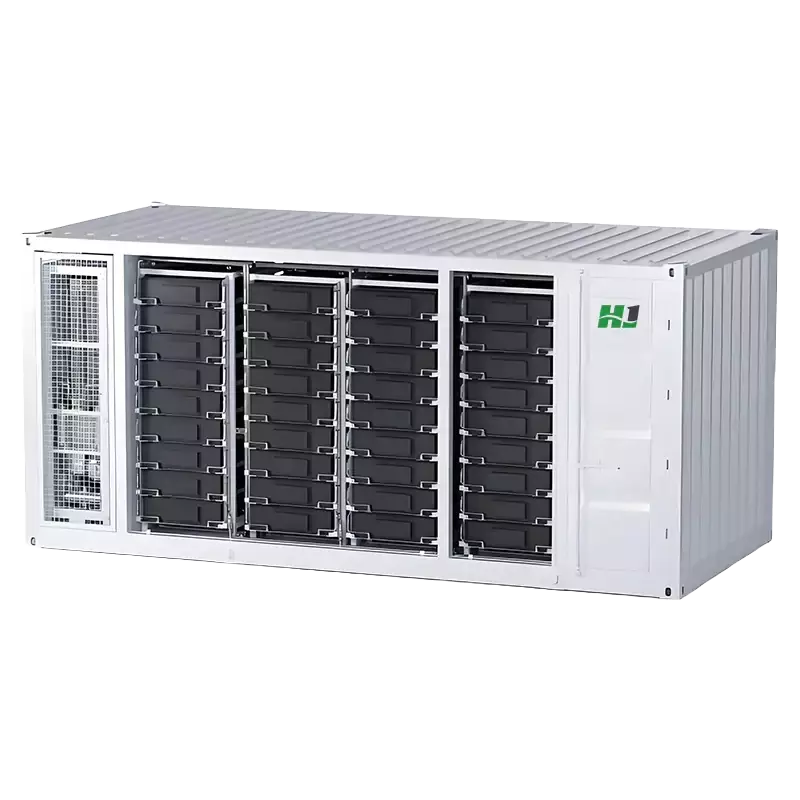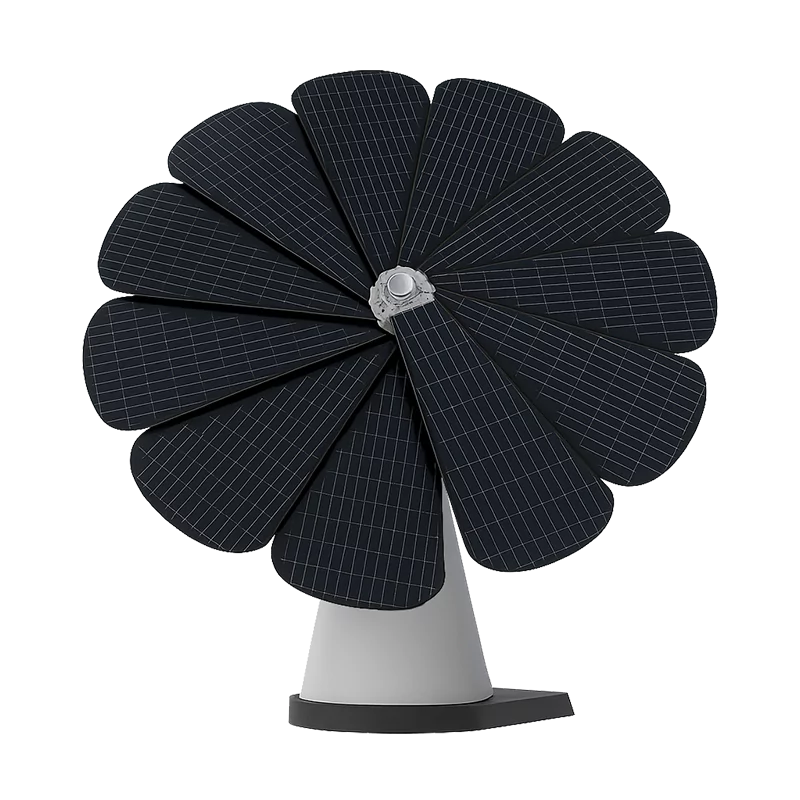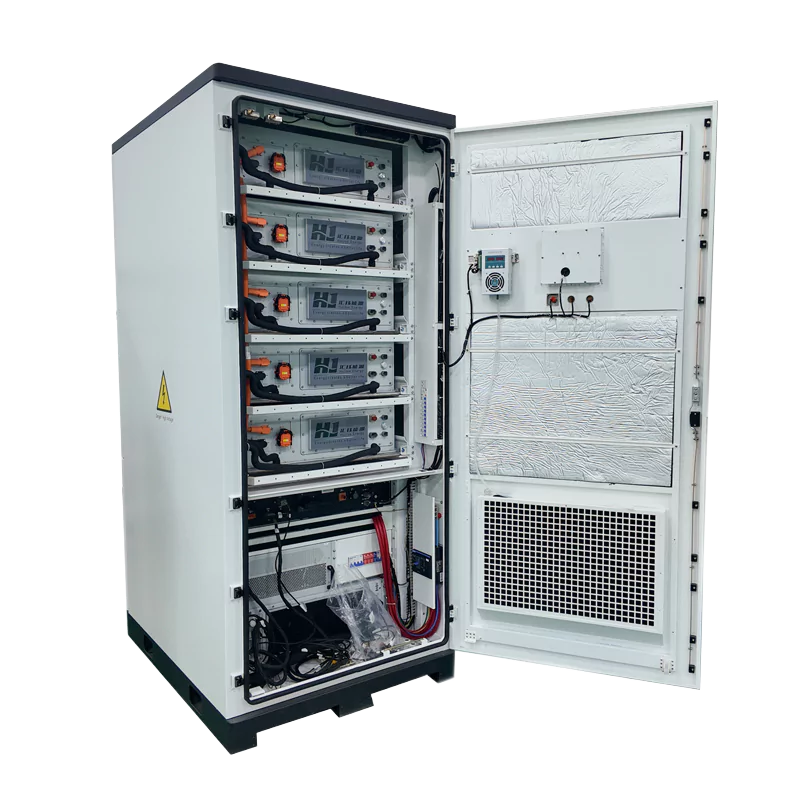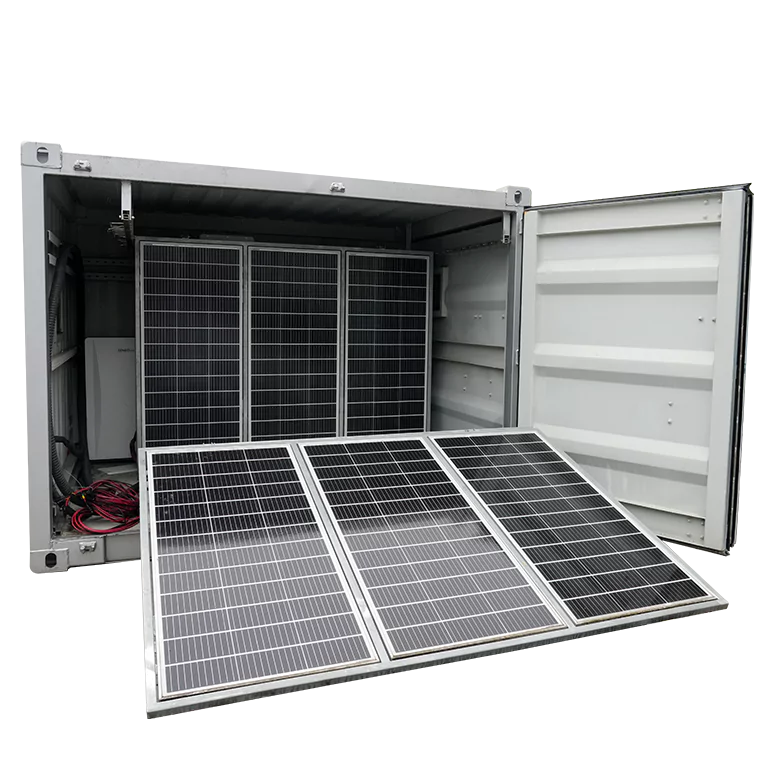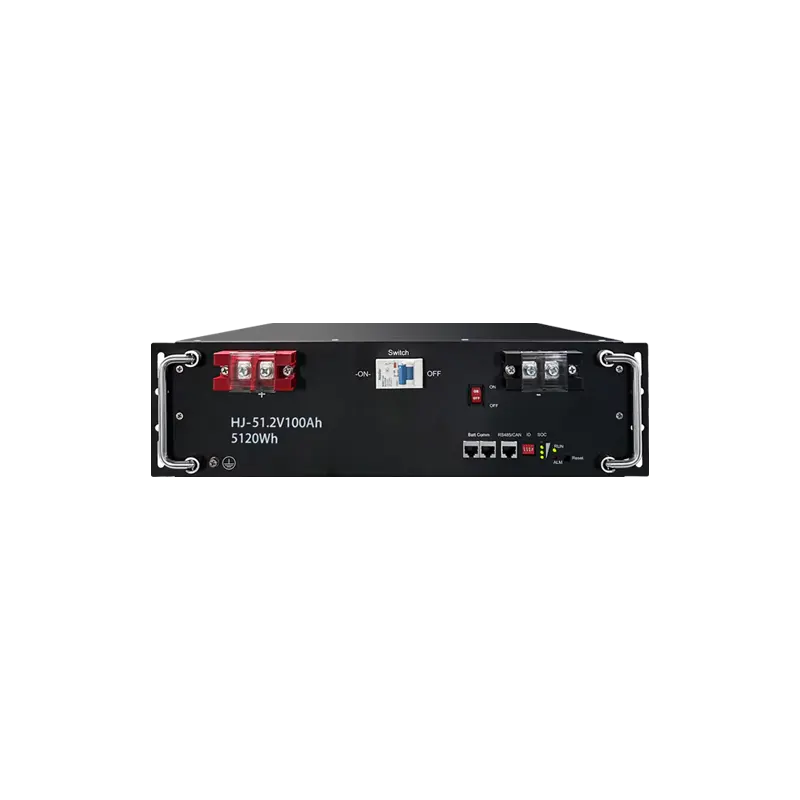Dutch nZEB Communities and Shared Storage: Achieving 2030 Energy Goals
The Netherlands is leading the construction of nearly zero-energy communities (nZEB) under its national vision to decarbonize the built environment by 2030. At the core of this transition is the integration of local renewable production with shared energy storage facilities, a strong, autonomous model that is increasingly becoming the standard for sustainable living.
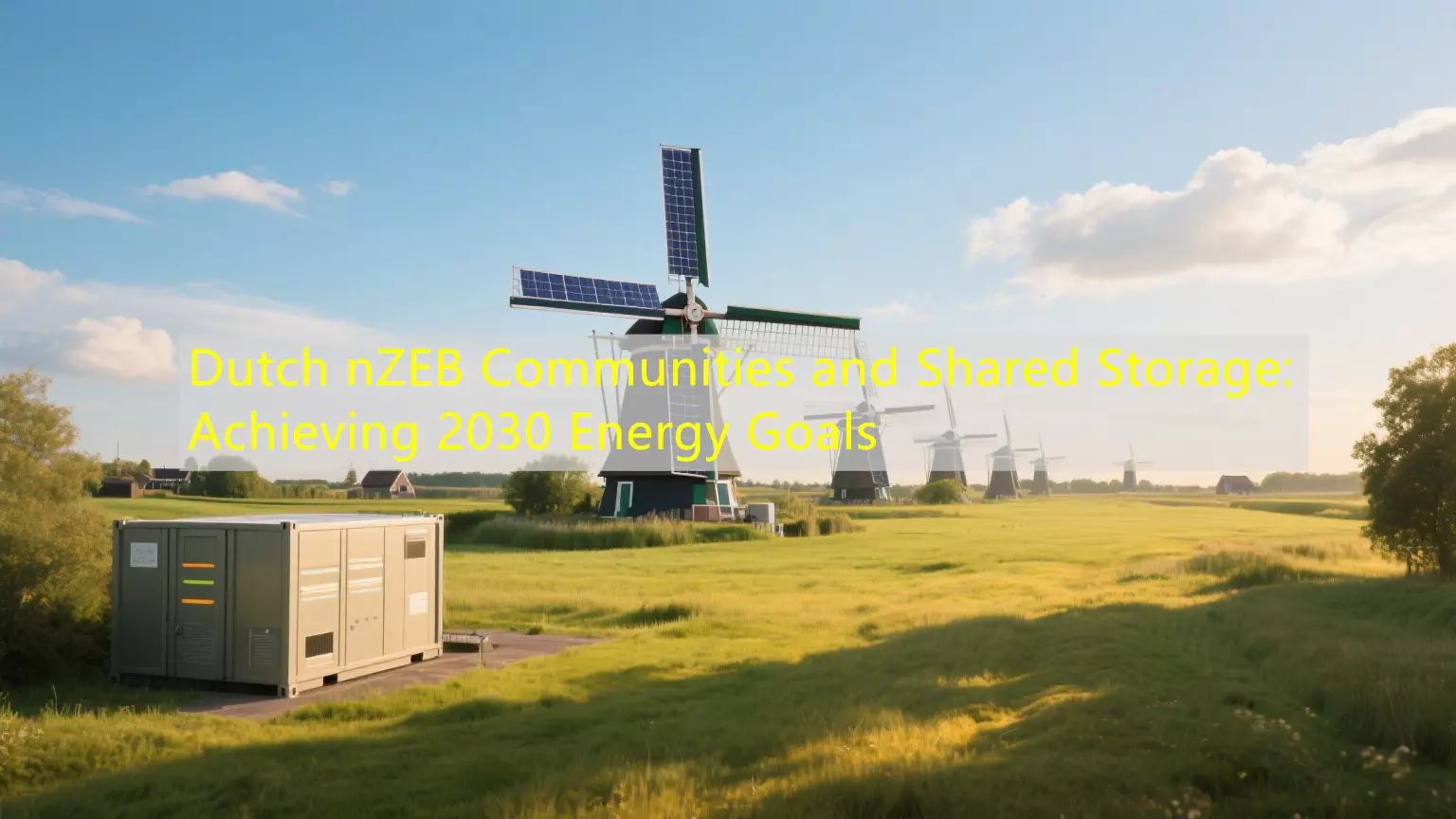
The Rise of nZEB Neighborhoods in the Netherlands
Netherlands building standards have tightened in energy efficiency, with new buildings required to meet stringent BENG requirements—low energy demand, low primary energy consumption, and high renewable energy share. But in practice energy-positive neighborhoods are more than mere individual buildings.
Such examples as ReGen Village in Almere and the Brainport Smart District in Helmond illustrate how shared infrastructure, smart grids, and circular utilization of resources transform neighborhoods into holistic energy systems. These projects reflect a now increasingly sought-after trend: energy production, utilization, and storage controlled in common—rather than home-by-home.
Why Collective Storage Is Important
No matter how efficient homes are, they are unable to escape the capriciousness of solar generation. That is where collective energy storage comes in:
- Peak Shaving: Disaggregated solar power can be supplied at peak evening demand, reducing grid pressure and energy costs.
- Grid Relief: Supports local congestion management, especially beneficial in constrained grid zones.
- Cost Efficiency: Shared systems minimize investment per household and optimize storage use.
- Flexibility Services: Community batteries can be deployed in grid balancing markets, earning extra income.
The Smart Solar Charging pilot at Utrecht has demonstrated this in scale, using EVs and a community battery derived from Tesla (400kW/800kWh) to share and store renewable energy between residents and vehicles.
National grid manager TenneT and DSOs like Liander are themselves facilitating such systems through local energy exemptions and congestion management tenders.
Enabling Technologies from HighJoule
To support shared storage design and deployment across Dutch nZEB communities, HighJoule offers flexible, scale-out energy solutions, including:
- 418kWh Liquid-Cooled Energy Storage Cabinet – Suitable for midsize community battery hubs with integrated safety features.
- Smart PV Microgrid Cabinet (HJ-SZ03-05) – Integrated PV+ESS turnkey solution for localized microgrids.
- Energy Management System (EMS) – Allows real-time management with top priority to local consumption and maximizing value from batteries.
- 430kWh Foldable PV Energy Storage Unit – A portable plug-and-play energy station ideal for temporary or expandable community.
The systems are designed to include Dutch design standards, e.g., dynamic tariff compatibility, electric vehicle connectivity, and modular installation within temperate European weather conditions.
Designing and Implementing a Dutch Community Energy Hub
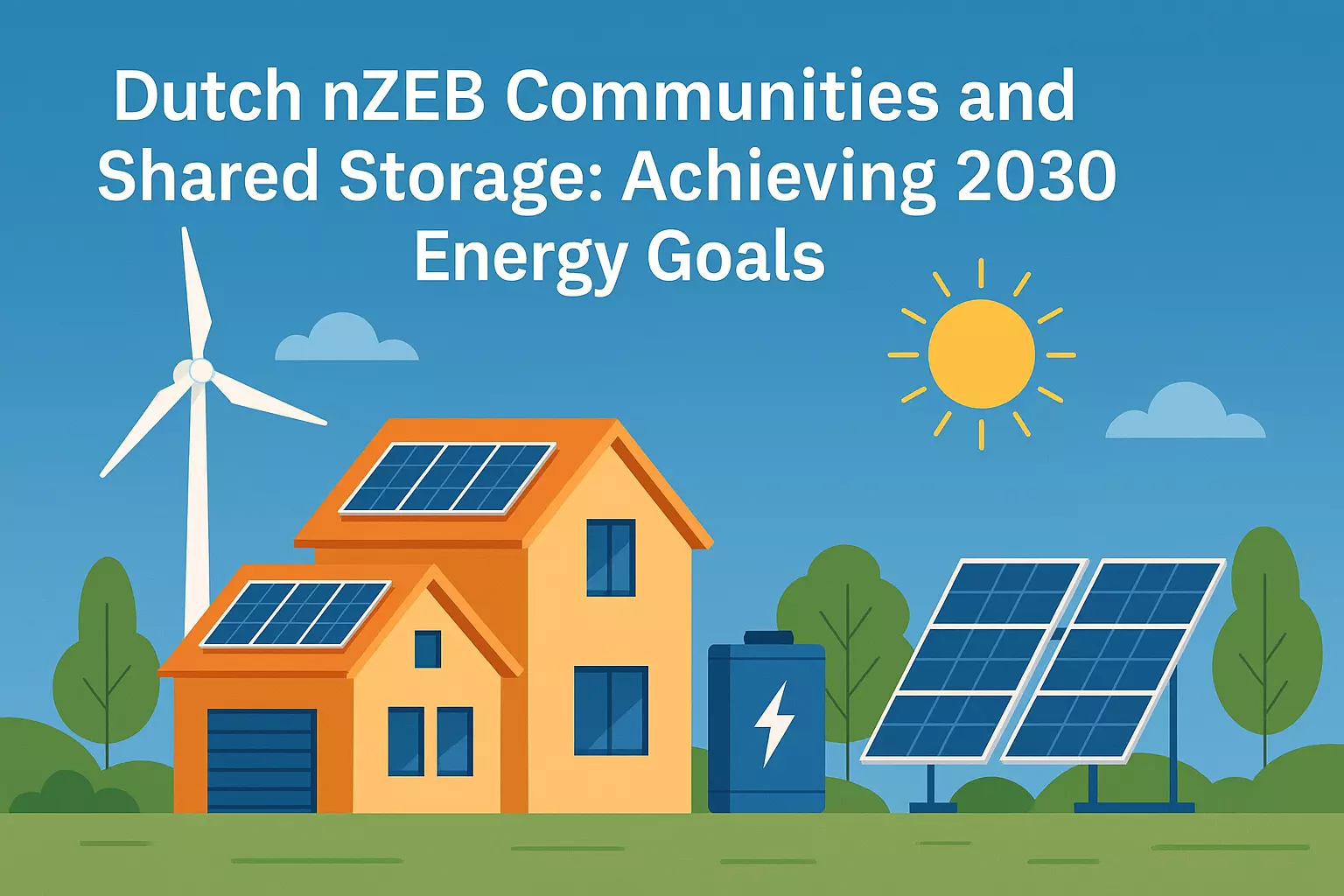
Most crucial things to keep in mind when designing a shared storage-capable nZEB community are:
- Accurate Energy Modeling: Optimize battery capacity to expected solar surplus and evening loads.
- Grid Coordination: Gain access to grid-clusters or participate in net balancing tests.
- Flexible Storage Mix: Pair lithium-ion batteries with hydrogen or thermal storage for extended coverage.
- Community Governance: Engage homeowner associations (VvE) or cooperatives to regulate ownership and operation regulations.
- Revenue Stacking: Leverage grid services, self-consumption savings, and potential EU subsidies (e.g., SDE++).
Conclusion: A Scalable Model for 2030 and Beyond
Dutch nZEB communities are showing that shared energy storage is not just a technical aspect—it’s a strategic benefit. It maximizes solar ROI, strengthens local grids, and supports national energy goals.
By using devices like HighJoule’s modular storage packages, energy cabinets, and EMS platform, city planners and energy cooperatives can transform energy-efficient neighbourhoods into fully functioning local energy hubs.
Discover HighJoule’s commercial energy storage solutions and discover how shared storage can take your next sustainable development project to the next level.
Find Your Solar + Battery Storage Specialist Now!
* Fill out this form and our experts will help you find the perfect solar storage solution for your home or business.


